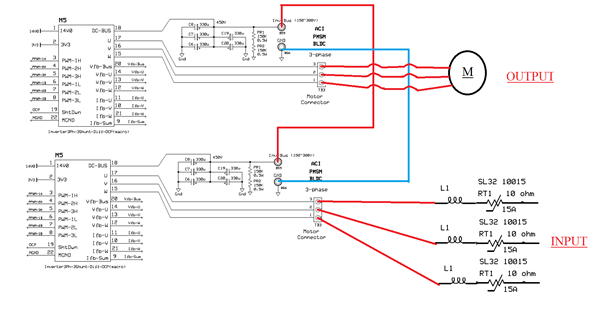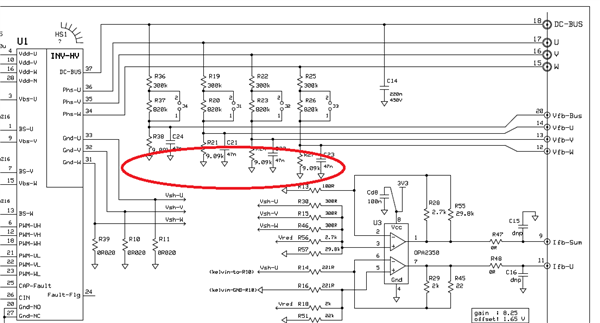Other Parts Discussed in Thread: CONTROLSUITE
Good day!
I have alredy posted this question on Motor Drivers Forum but unfortunately didn`t get any answer.
Is it possible,having two Motor control kits(TMDSHVMTRPFCKIT) , connect them together according Active Front End (AFE) + Inverter scheme?

Thank you for any help,
Andrey





